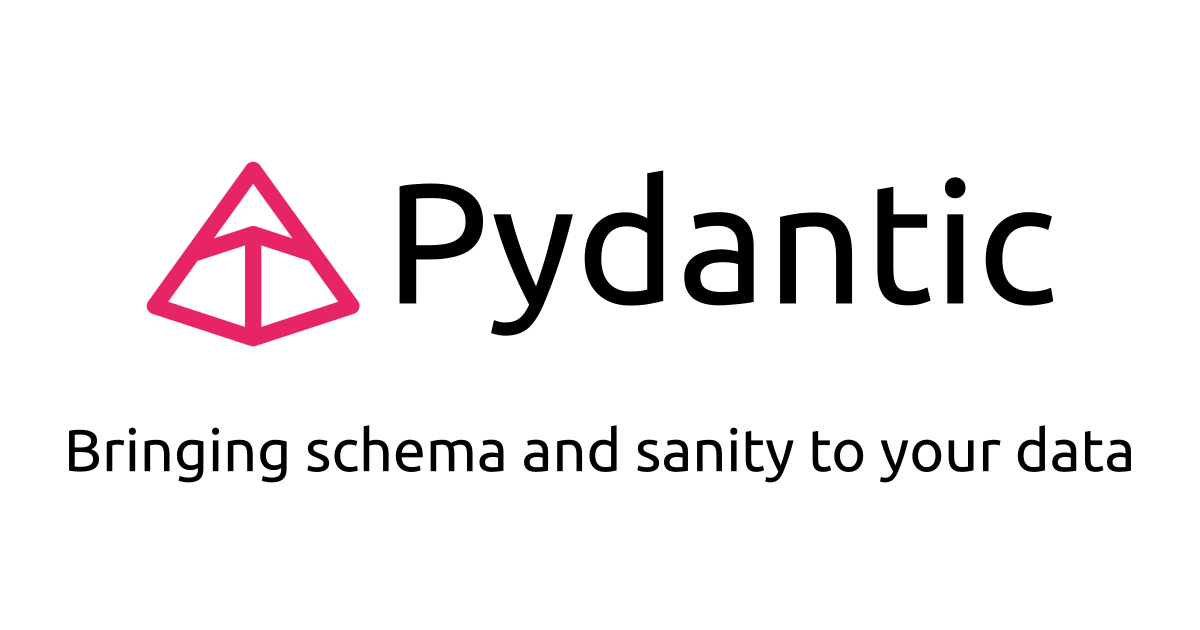- 2 Posts
- 5 Comments

 2·1 year ago
2·1 year agoConversely: “Our incompetence, intransigence, sunk cost fallacy, decision making, and hiring idiocy have prevented you from ever possibly working with us. Sorry for the convenience.”
RIP Mitch.

 3·1 year ago
3·1 year agoI’ve been using Copilot. I don’t really use the prompt feature at all, but the autocomplete is very good. I find that it tends to follow the style of the code that’s already in the module I’m working on, so it’s mostly a speed thing than a “figure out how to do this for me” thing. It’s also great at finishing comments and test cases.

 2·1 year ago
2·1 year ago+1, exactly this.
As an aside, “stop the world” GC pauses can affect web server performance in interesting ways. Some web application servers have a perf profile where throughput drops off a cliff as the server approaches max memory load. This is fine, so long as you know what’s happening, and can tune your auto scaling to spin up new servers before you start to hit that threshold. This likely wouldn’t be a reason to not use a particular lang / server, except at the most massive scales.

 4·1 year ago
4·1 year agoYou’ve got the right idea with your SQL example, that’s pretty much exactly what N+1 would look like in your query logs.
This can happen when using an ORM, if you’re not careful to avoid it. Many ORMs will query the database on attribute access, in a way that is not particularly obvious:
class User: id: int username: str class Post: id: int class Comment: id: int post_id: int # FK to Post.id author_id: int # FK to UserGiven this simple python-ish example, many ORMs will let you do something like this:
post = Post.objects.get(id=11) for comment in post.comments: # SELECT * FROM comment WHERE post_id=11 author = comment.author # uh oh! # SELECT * FROM user WHERE id=comment.author_idAlthough
comment.authorlooks like a simple attribute access, the ORM has to issue a DB query behind the scenes. As a dev, especially one learning a new tool, it’s not particularly obvious that this is happening, unless you’ve got some query logging that you’re likely to notice during development.A couple of fixes are possible here. Some ORMs will provide some method for fetching the comments via JOIN in the initial query. e.g.
post = Post.objects.get(id=11).select_related("comments")instead of justpost = Post.objects.get(id=11). Alternately, you could fetch the Post, then do another query to grab all the comments. In this toy example, the former would almost certainly be faster, but in a more complex example where you’re JOINing across multiple tables, you might try breaking the query up in different ways if you’re really trying to squeeze out the last drop of performance.In general, DB query planners are very good at retrieving data efficiently, given a reasonable query + the presence of appropriate indexes.



create_form(locals())is so elegant! Each API endpoint is almost entirely described by the method signature alone, about as DRY as can be. Very clever (the good kind!)